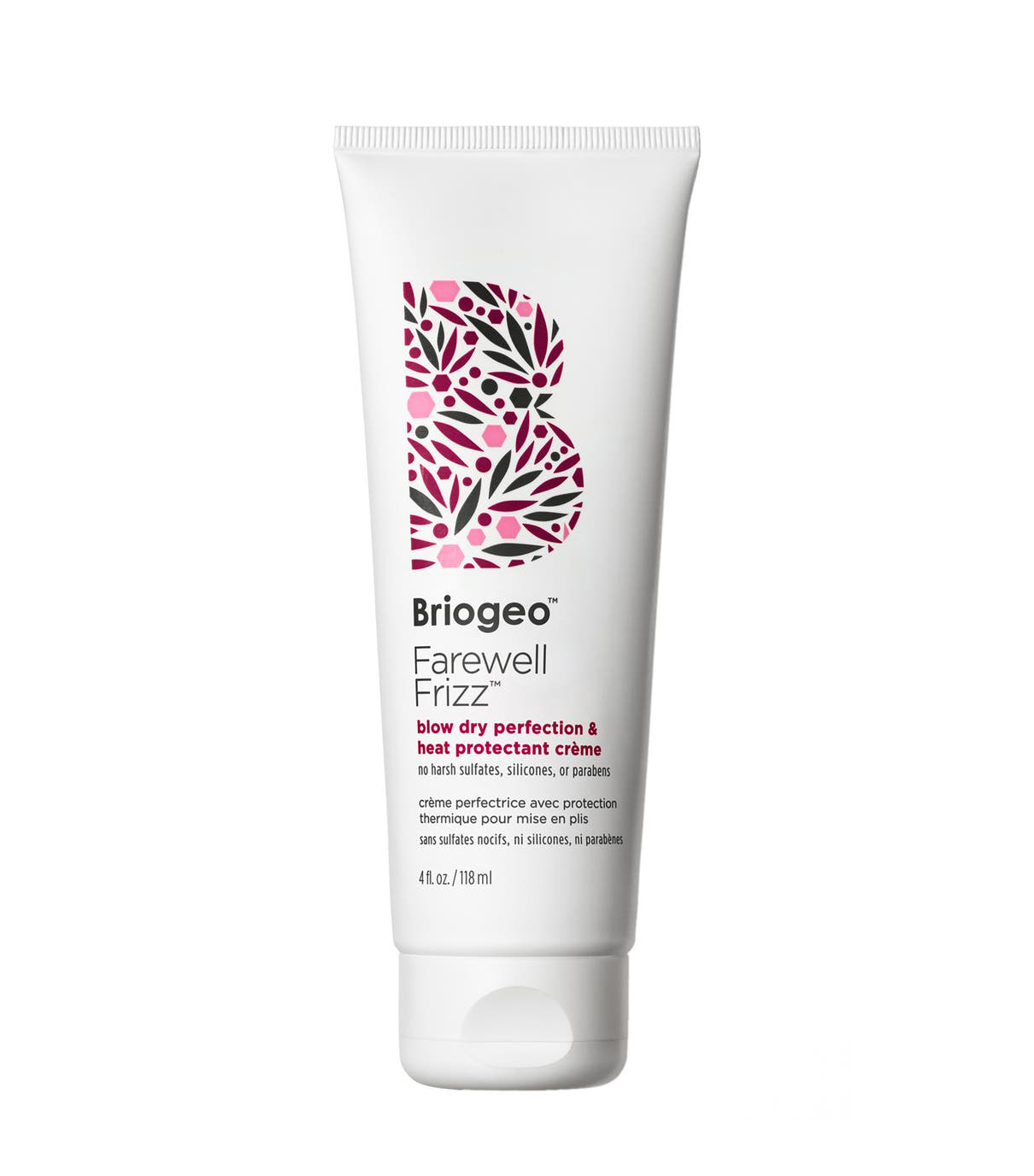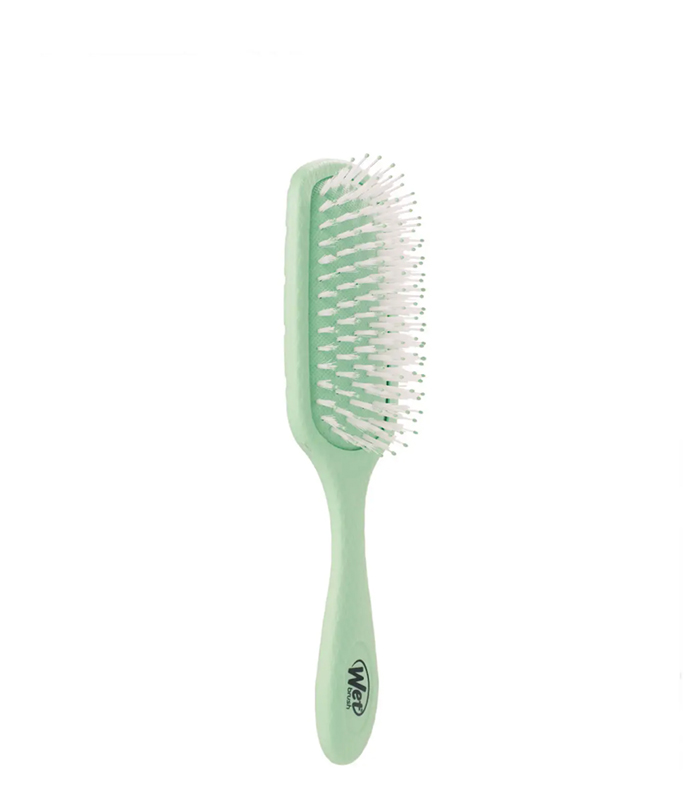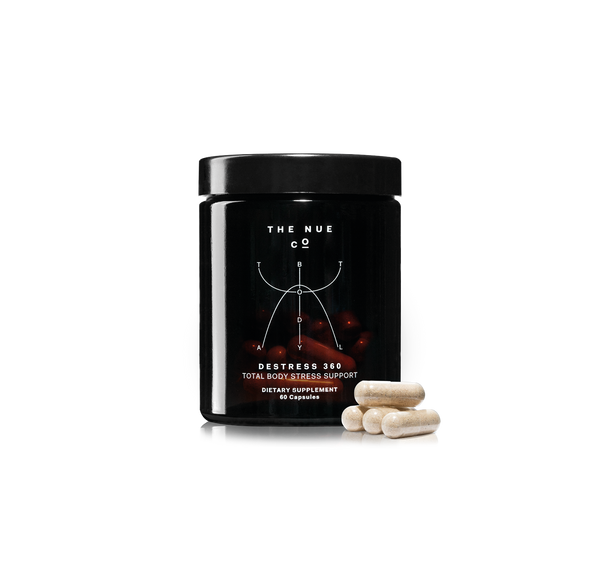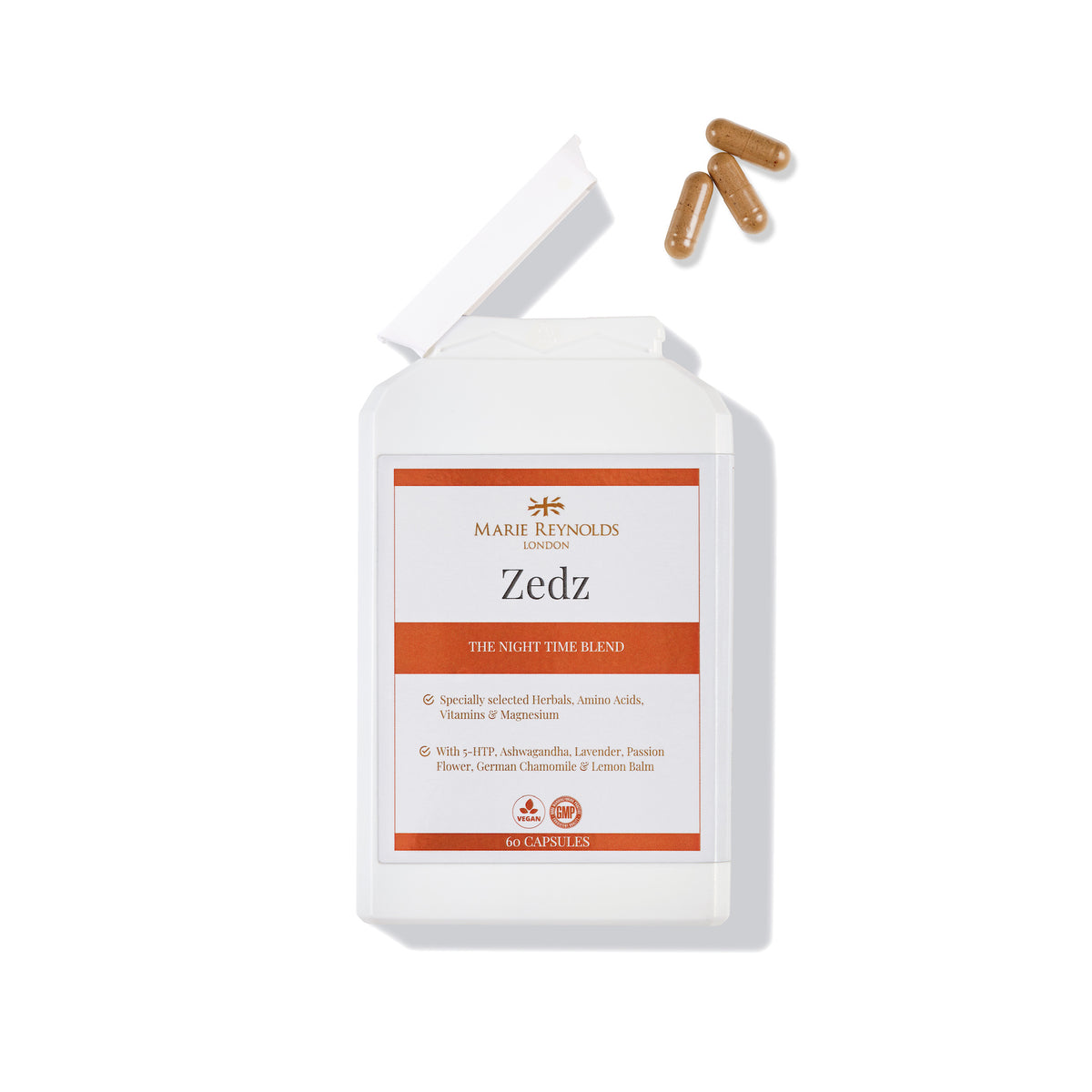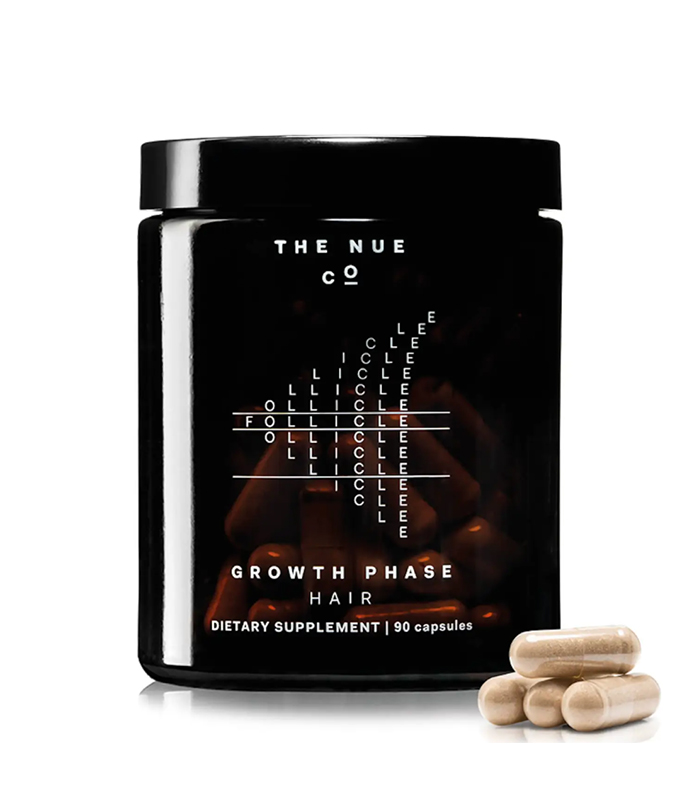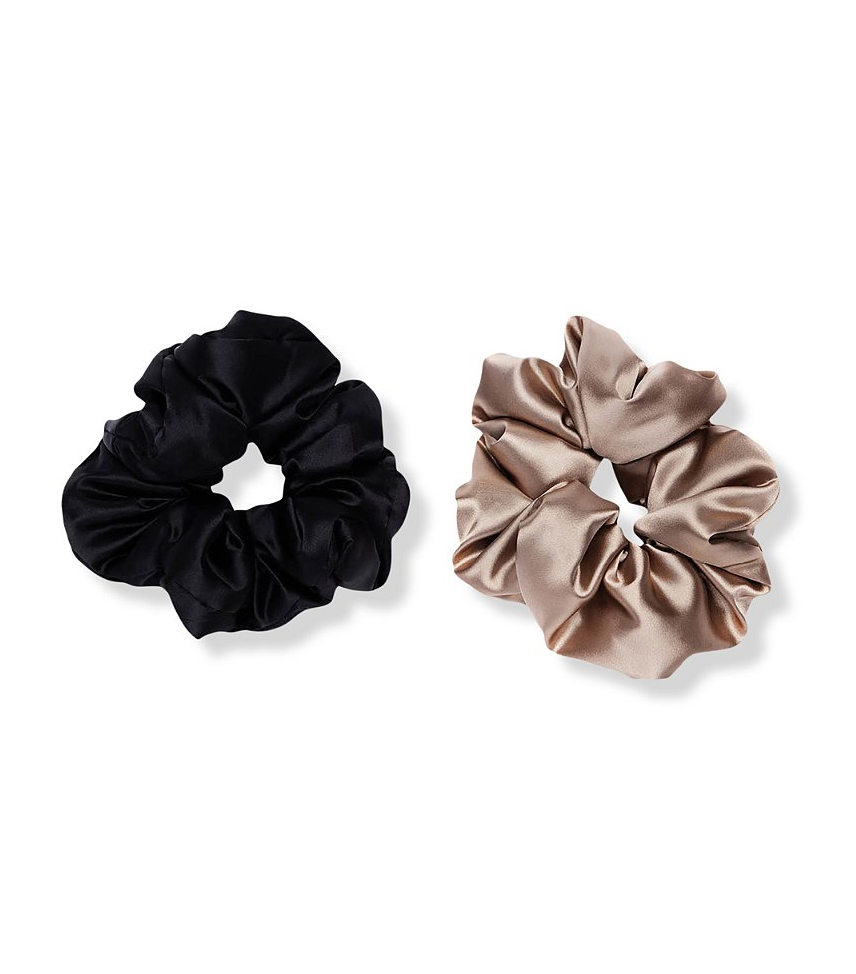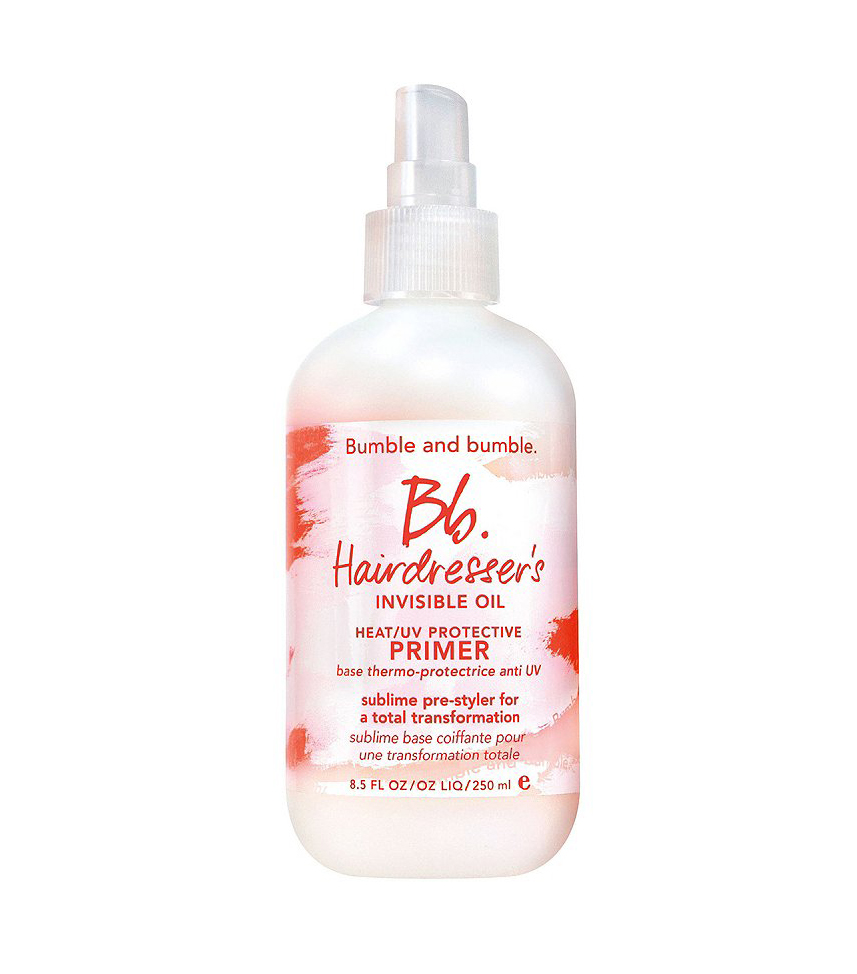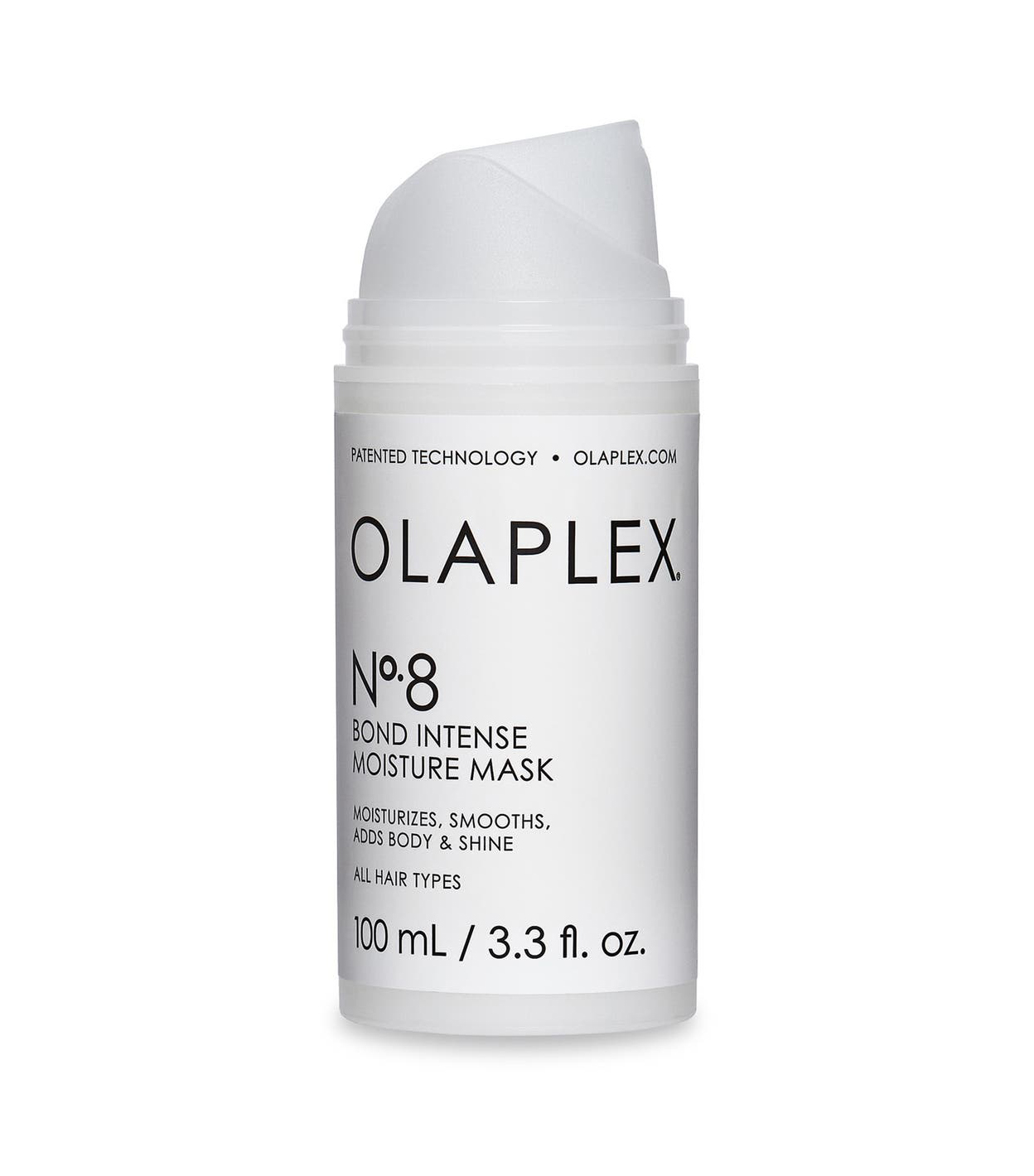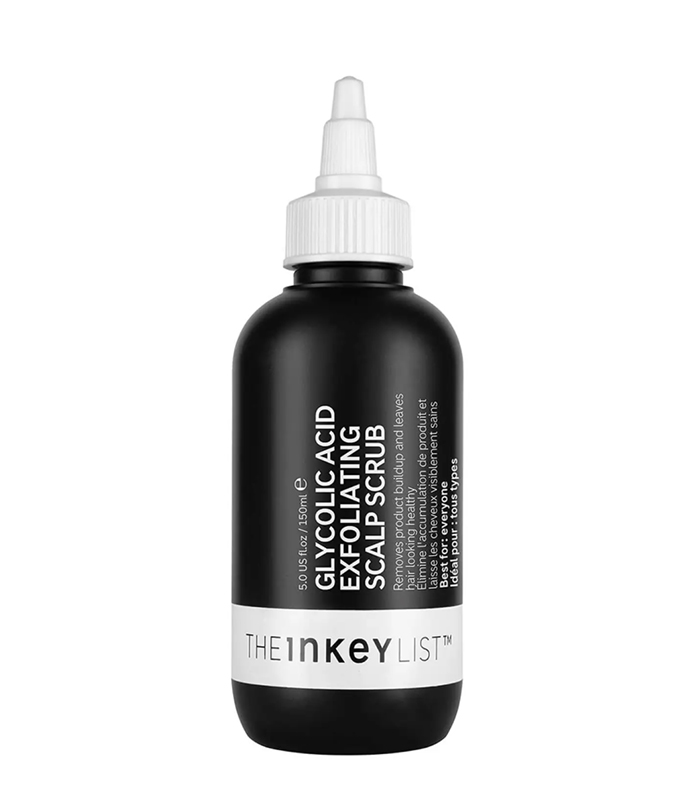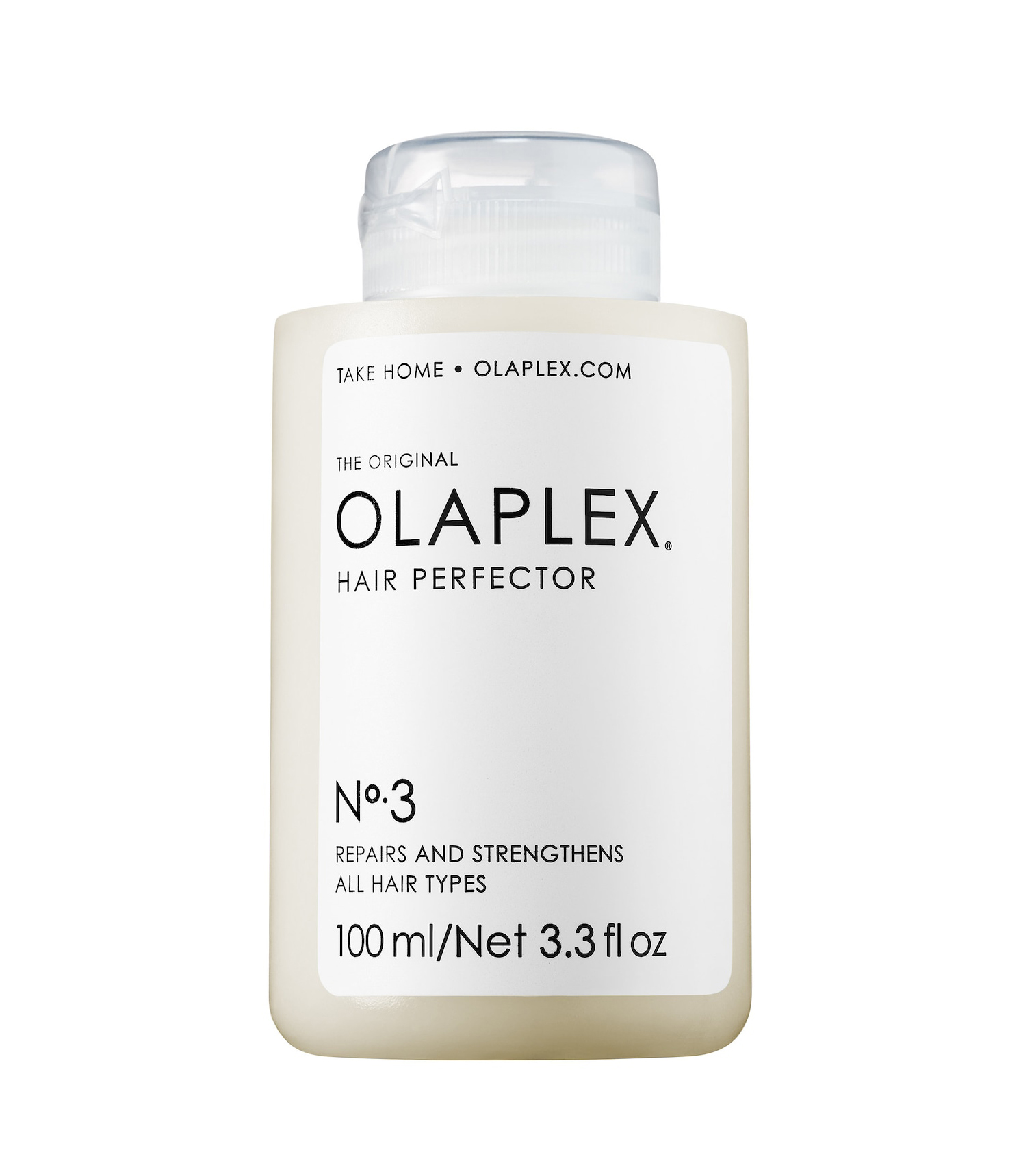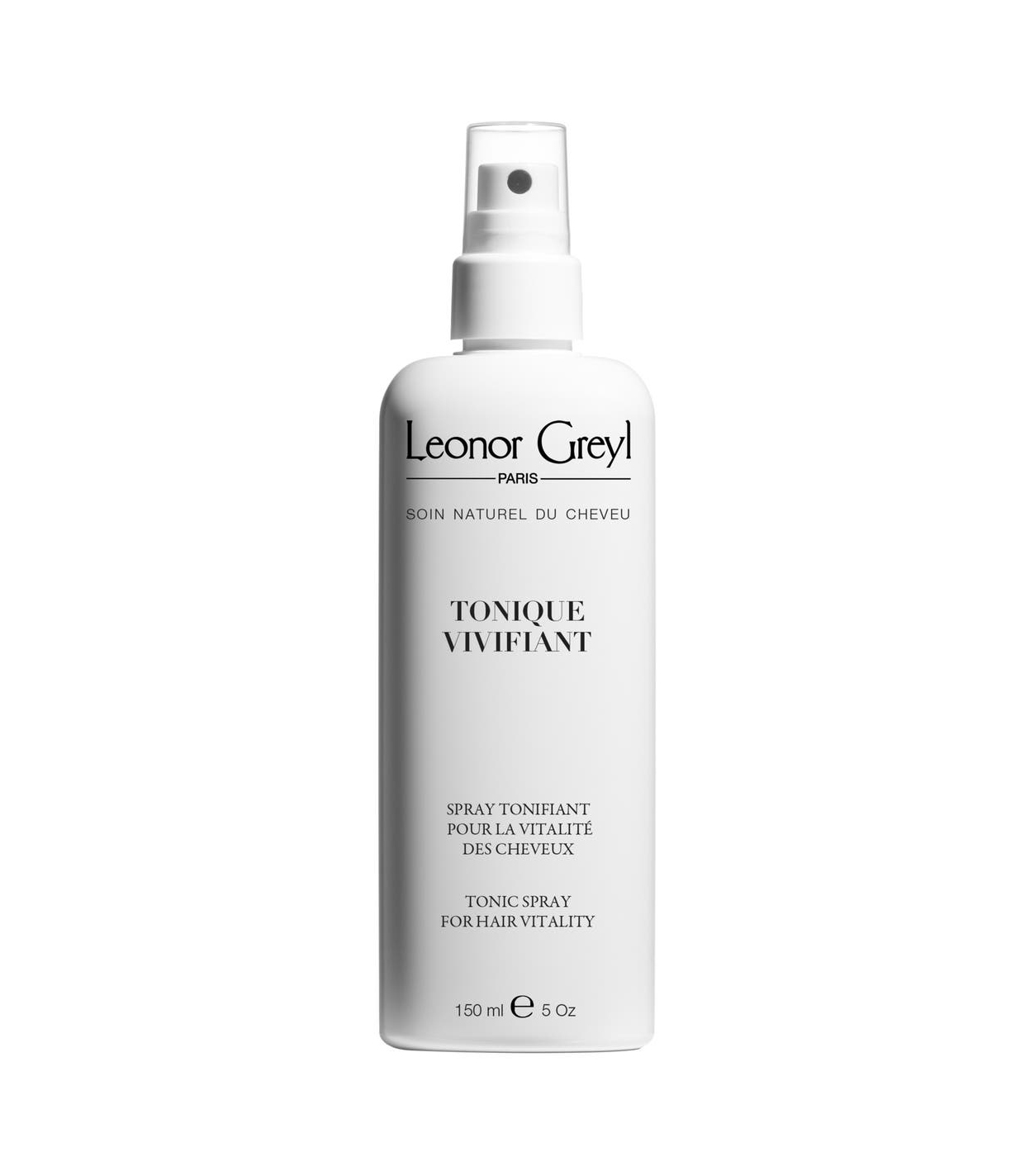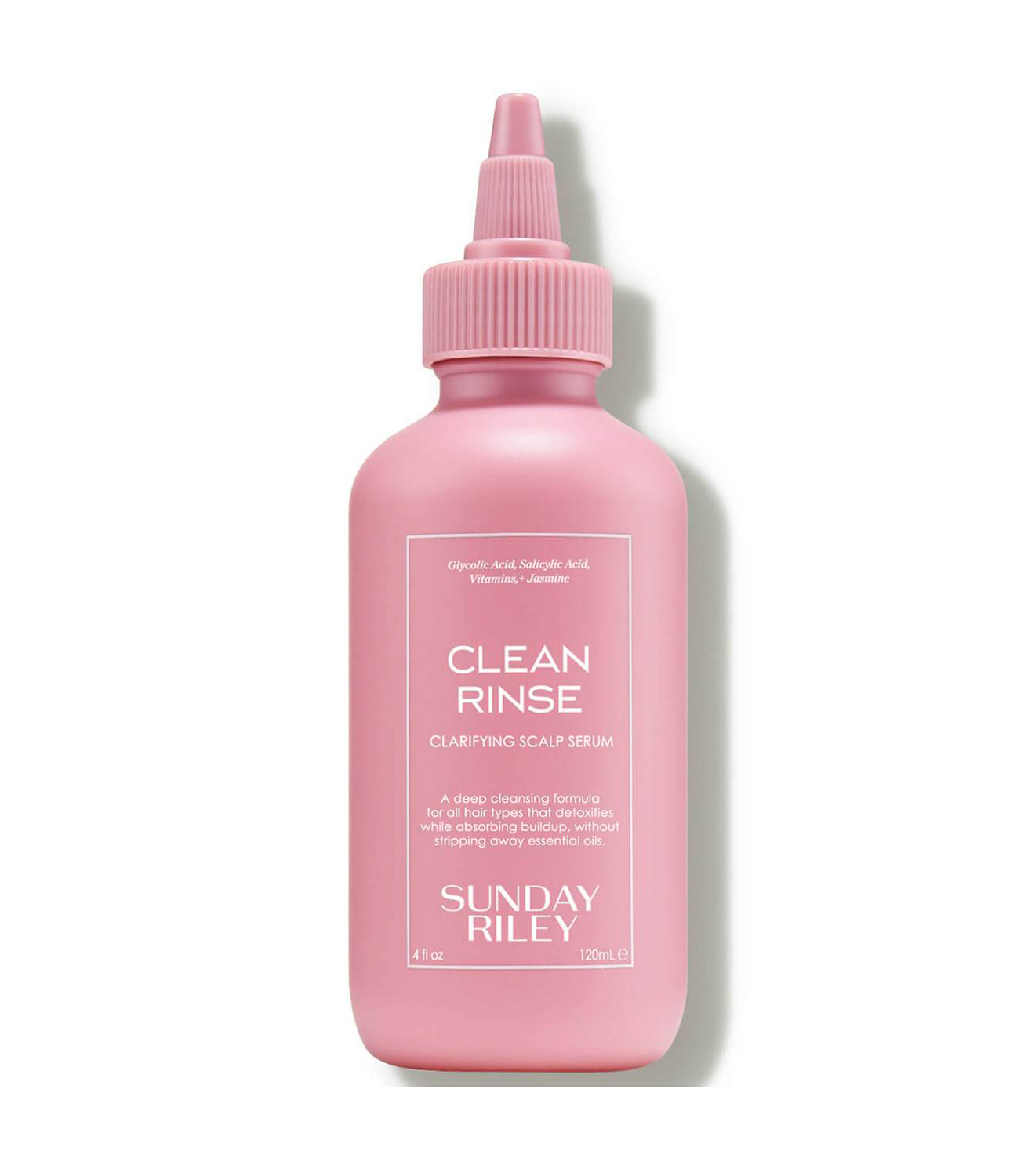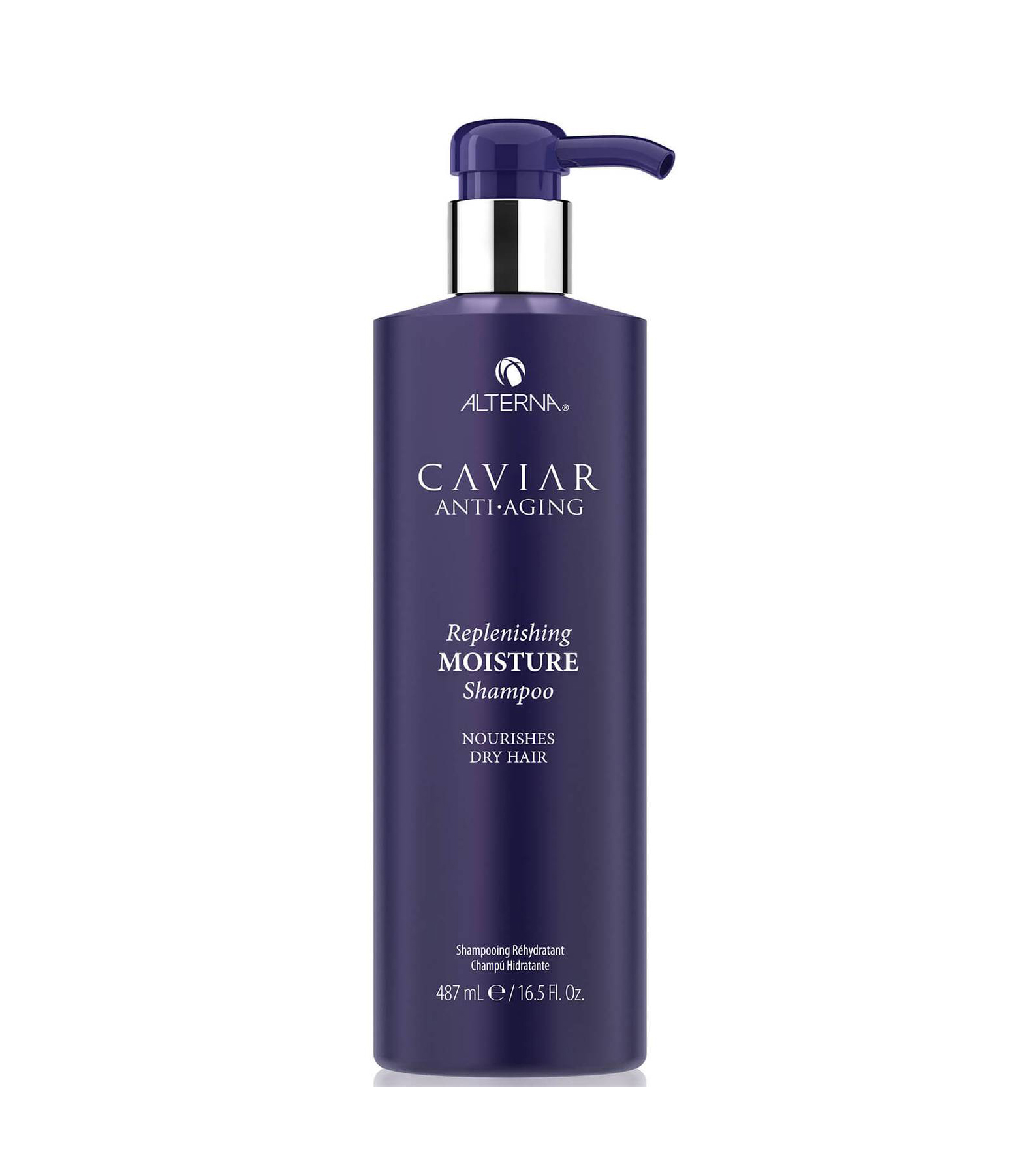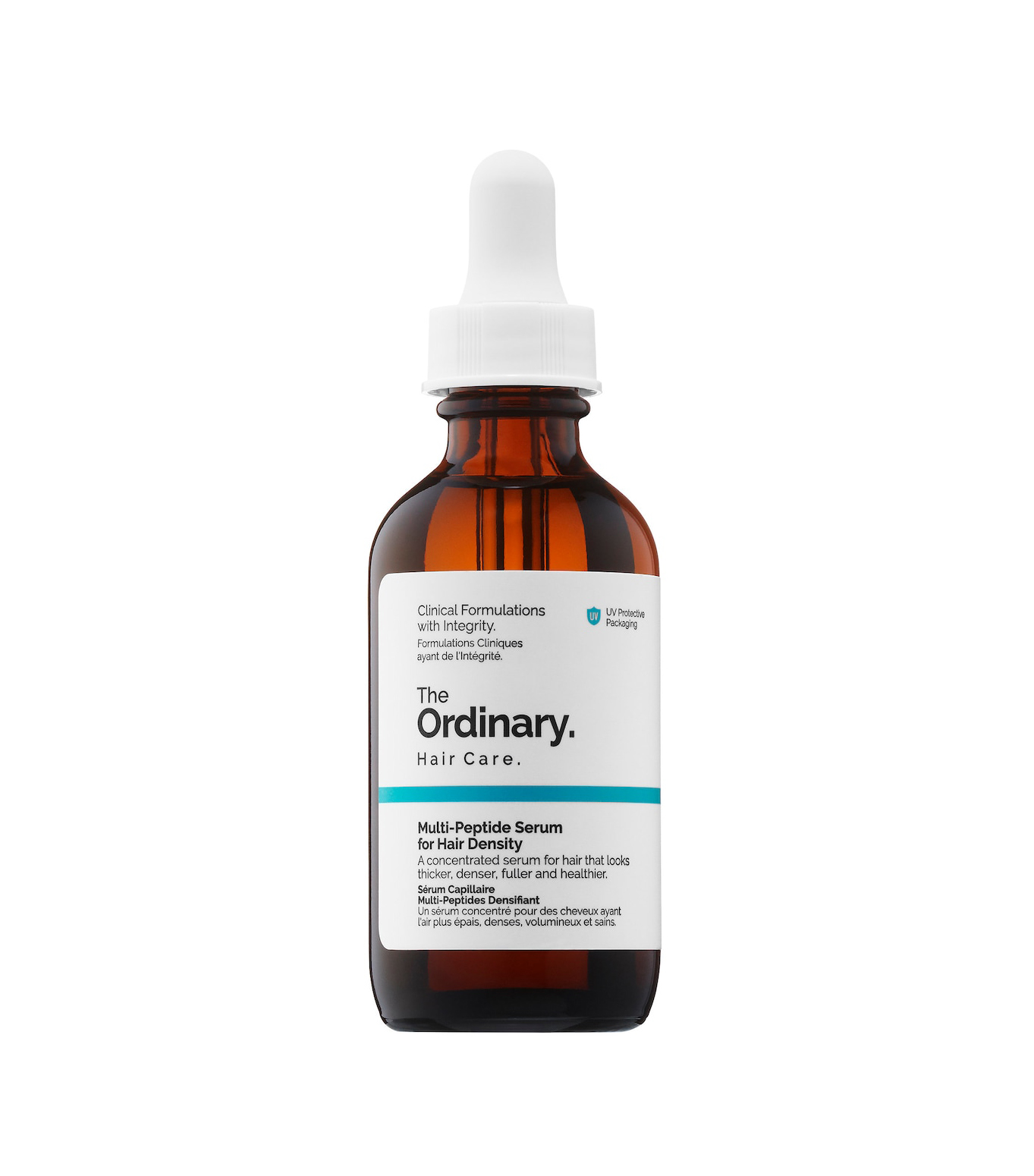My Hair Is Shedding Like Crazy, so I Asked Experts What to Do About It
During the past two to three years, my hair has gone through a lot of ups and downs. In spring 2020, I noticed it was shedding a ton, which didn't surprise me all that much since we were at the beginning of a pandemic. Then, after trying out new supplements and making a couple of healthy changes to my lifestyle, I noticed that my hair was shedding a lot less, and I had it under control.
But now, the shedding seems to be at an all-time high, and I don't know what gives! My life doesn't feel more stressful than normal, and I'm trying to make healthier choices, but every time I take a shower, I see the clumps of hair. And when I'm vacuuming around my apartment, there seem to be strands everywhere. It's definitely concerning, especially because hair loss does seem to run in my family—a lot of women in my family have thin hair. I've been anxious to know if it's genetics, a lifestyle thing, or something else. And of course, I want to know how to stop all of this hair shedding in its tracks. So I decided to make this into a whole story and ask some experts all my burning questions. Heck, I know hair shedding happens to a lot of people, so I thought it might be helpful to others, too.
What Is Hair Shedding
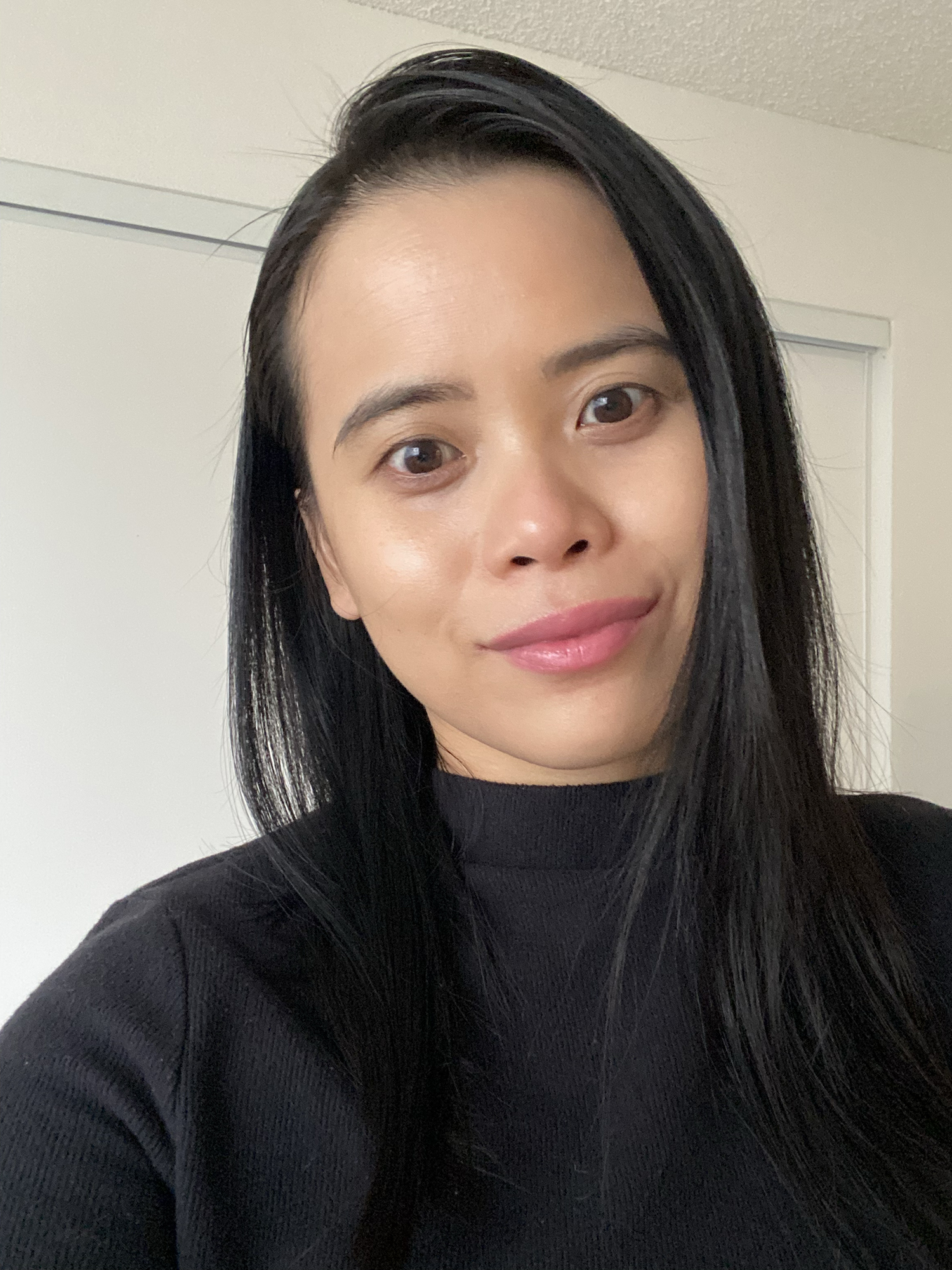
"Hair shedding is when we lose more than the expected 100-200 strands of hair daily," explains Ife Rodney, MD, FAAD, and founding director of Eternal Dermatology and Aesthetics. "With hair shedding, your hair may grow back after time." And the hair-shedding pattern can differ when it comes to men and women. Hormones play a factor there, says double board-certified plastic surgeon Kelly Killeen, MD, FACS. "Also, the cause of hair shedding can differ," she says. "Genetics is a more common cause for men. And while genetics can undoubtedly play a role for women, causes like hormones, stress and nutritional deficiencies are often key contributors."
Rodney adds that hair shedding is more common in women than men because women tend to have hairstyles and hair practices that can lead to shedding. Women might also experience shedding during pregnancy or menopause. And where you experience hair fallout differs, too—women typically experience hair shedding along the hairline, and men might experience it at the hairline and crown.
What Causes Hair Shedding
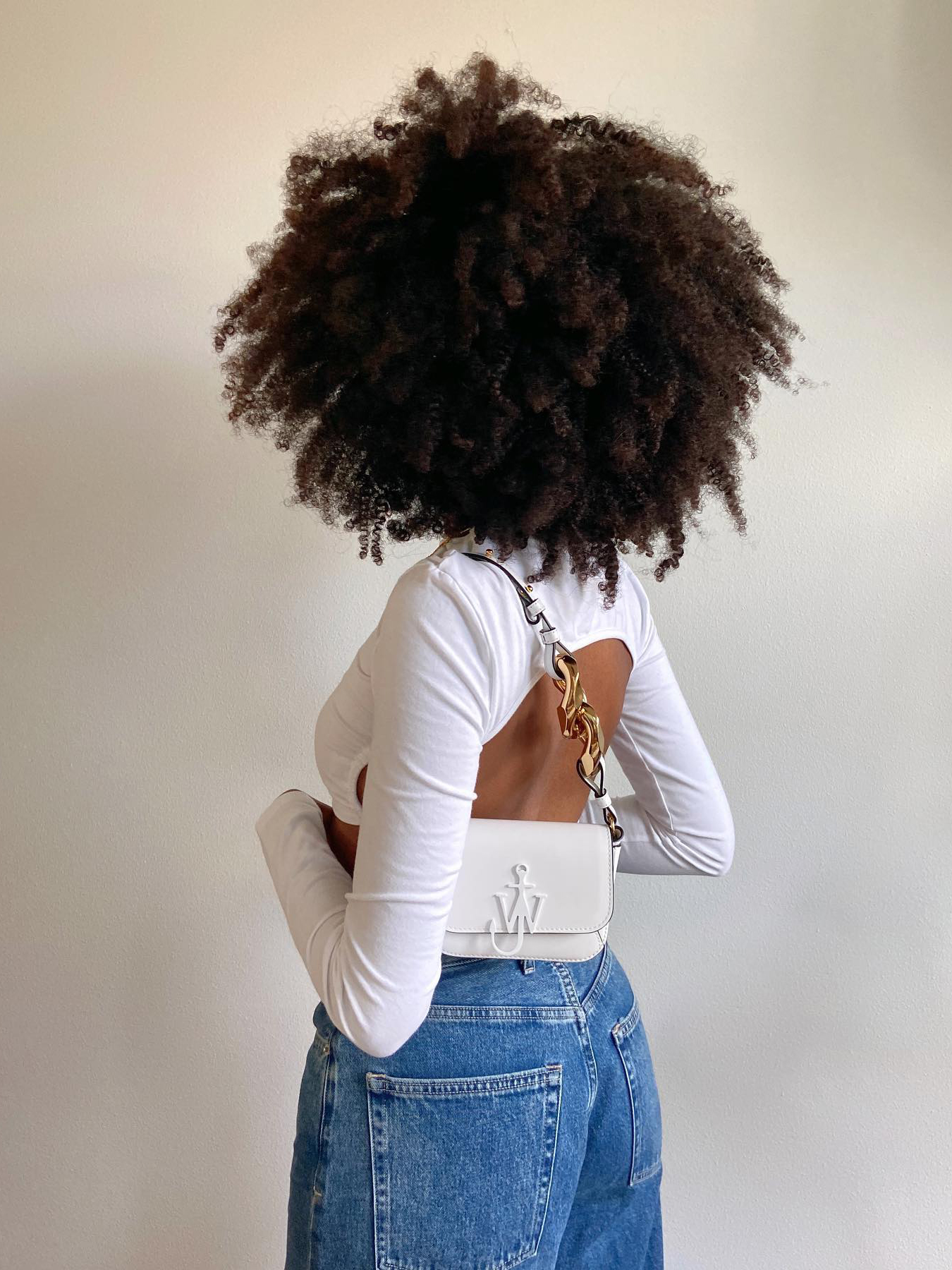
"There are a lot of different reasons why your hair could be shedding," Killeen says. "These include genetics (which is the most common cause for men), hormonal changes (pregnancy or birth control), stress, harsh chemical hair treatments, illness, medications or a vitamin deficiency (particularly Vitamins A, C, D and other nutrients such as Zinc and Iodine)."
Rodney went into detail about some of the common causes of hair shedding below:
Traction alopecia: According to Rodney, this is one of the biggest causes of hair loss. "This condition happens due to the excess pulling on hair follicles thanks to hairstyles like ponytails, buns, hair extensions, braids, and weaves," she explains. "This causes extra traction on the scalp, increasing shedding on the hairline and nape."
Excessive heat styling: Your hairdryer, straighteners or curling iron could be putting your hair at risk. "These practices dry out the hair shaft and make it brittle and weak. Some shampoos and hair products can also increase shedding," she says. Limit your use, and don't forget to use products that can hydrate and protect your hair.
Stress and hormonal changes: "These can cause a condition called telogen effluvium," Rodney says. "This usually happens after illness, surgery, pregnancy, childbirth or trauma. Hair gets pushed to the resting phase prematurely, causing severe shedding. Hair tends to regrow within a few months."
Rapid weight loss: "This can cause hormonal imbalances, which in turn can impact your hair," Rodney explains.
Recovering from illnesses, chemotherapy, or other treatments: This can also impact hair stages, causing excessive shedding.
Using the wrong brushes: Rodney says small combs or certain brushes can pull on the hair, so if you use these types, you might see a lot of shedding as a result. Opt for something that is gentler on the hair.
Quitting birth control: Rodney says this can affect some women's hair.
Age and genetics: "With age, we're more likely to suffer from excess shedding and hair loss. Also, if our parents had excess hair loss, we're likely to experience the same," Rodney says.
Alopecia areata: This condition can cause both hair loss and hair shedding. "This is an autoimmune condition where our immune system attacks the hair follicles, causing excess shedding," Rodney explains.
How to Stop Hair Shedding

Some causes of hair shedding are unavoidable, like genetics, alopecia areata and recovering from illnesses. But other causes may be able to be treated. "As with most preventative treatment or measures, the earlier you begin taking care of the problem, the better," Killeen says. "Most of us will experience some degree of hair thinning as we reach our senior years. While I can't give you an exact age of when you'll be past the point of no return, addressing the issue in your 20s or 30s will likely yield more success than if you start in your 60s."
And it's best to try to stop it in its tracks when it starts. Rodney says that if left untreated, hair shedding can progress to hair loss. "Traction alopecia and poor hair practices are the most avoidable. Next will be weight loss, though more difficult than traction alopecia," Rodney explains. "Telogen effluvium from stressful events takes time to improve and is sometimes not preventable." But the important thing to understand is that any type of treatment will take time, so you'll have to be patient.
Unavoidable hair shedding is not a lost cause. "There is never a time that you can't treat hair loss and hair shedding. However, the treatment can take longer and be more complex. In some cases, hair transplants may be the next best step," Rodney adds.
Take a look at some things you can do below.
1. Eat a Balanced Diet
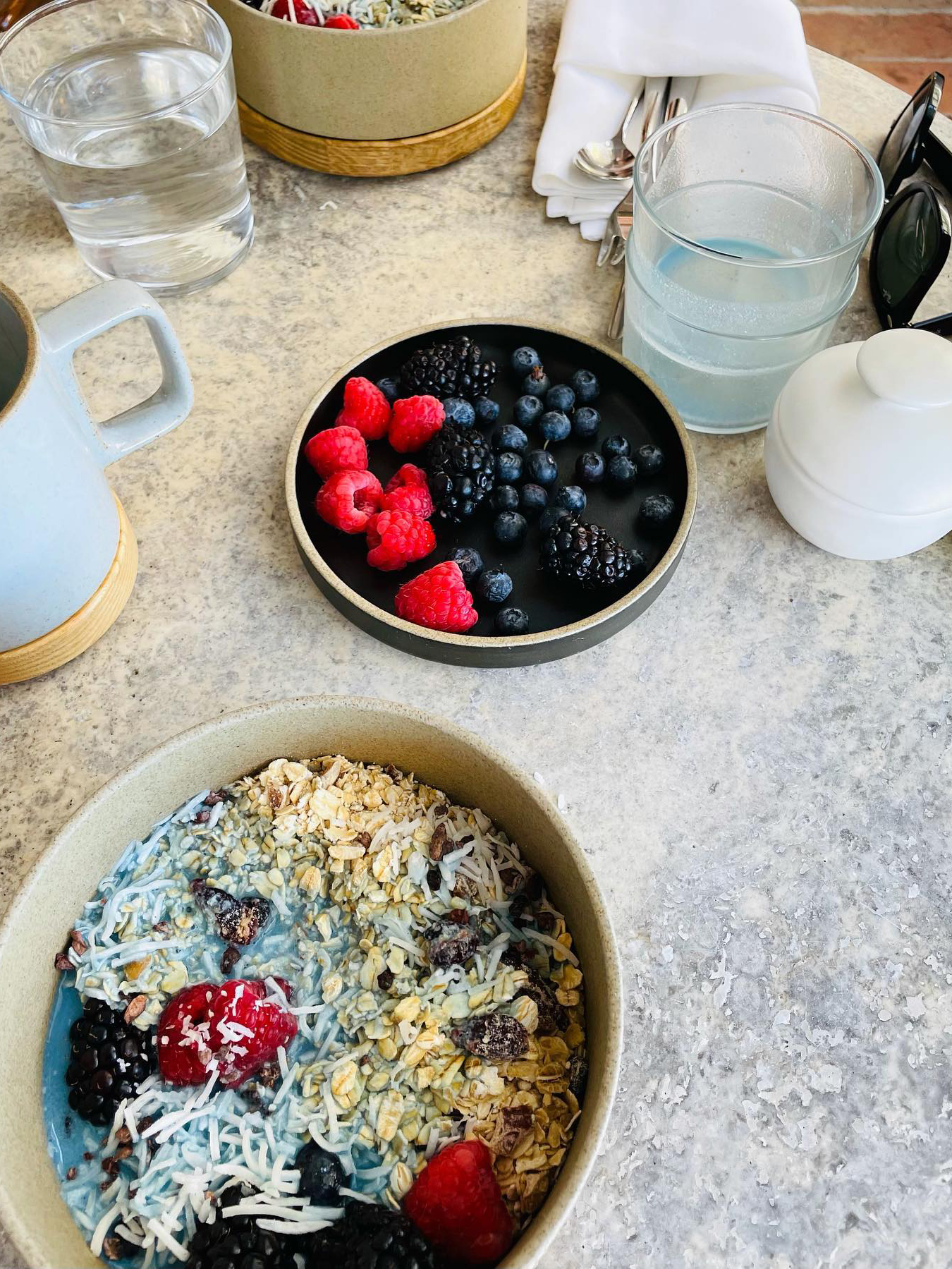
"Many factors known to trigger hair shedding, such as stress or environmental conditions, are often out of our control," says Marie Mignon, Vice President of Research and Development at Prose. "That said, having a balanced diet may help provide nutrients needed to keep the body in good condition and promote a healthy scalp."
Rodney recommends looking for foods that contain B vitamins, selenium, curcumin, zinc, iron and biotin. Some of those foods include leafy greens, salmon, eggs, lentils and other legumes, seeds (flax, sunflower and chia) and colourful fruits and vegetables (peppers and carrots).
2. Reduce Stress Levels
I know this is easier said than done, but both Rodney and Killeen say this is one of the best things you can do to reduce hair shedding. Try meditation, a workout or a wind-down routine.
3. Get More Sleep
Getting quality sleep can help. It will definitely contribute to the stress-reduction goal.
4. Try Supplements
Supplements can help, too. While ashwagandha is fantastic for hair growth, vitamins A and C, biotin and zinc are great for overall hair health. These supplements from The Nue Co. contain proteins and peptides to help hair grow longer and stronger.
5. Avoid Tight Hairstyles
"Avoid tight hairstyles like buns, ponytails, and braids. If you must use them, cycle off the hairstyle weekly to give those follicles a rest," Rodney suggests. And when using hair accessories, make sure to get ones that are gentle on your hair.
6. Turn Down the Heat
Mignon recommends turning down the heat when using hot styling tools.
7. Give Your Hair TLC After Salon Visits
"If you colour your hair or undergo other chemical treatments, make sure you use a high-quality conditioning mask to help avoid breakage," Killeen says.
8. Take Care of Your Scalp
"Don't forget to care for your scalp, too! A scalp scrub or rinse will help keep the hair follicles healthy," Killeen adds.
When to Get Professional Help
"If you've tried all of the above and are still noticing significant hair shedding after several months, then you may want to visit a dermatologist," Killeen says. "Remember, though, that the hair-growth cycle can last for a few years, so you need to be patient as you're not going to see results immediately. If hair shedding runs in your family and you know simple lifestyle changes aren't going to help, then it might be worth seeing a dermatologist immediately."
Also, if your hair shedding is severe (you're seeing it come out in clumps in your hands, hairbrush or in the shower), check in with a derm. "We will first assess the root cause of your hair shedding through a series of tests," Rodney says. "These include pull tests (pulling groups of hairs at different parts to look for strands that fall out), biopsies and even blood tests. For mild conditions, we may prescribe supplements or minoxidil. Other treatments include platelet-rich plasma, steroid injections, and laser therapy."
More Healthy Hair Products to Shop
And as we learned above, it's important to care for your hair overall. Take a look at some products below that can help keep it healthy.
Killeen says Olaplex's No.3 Hair Perfector is one of her favourite haircare products because of its strengthening benefits.
Killeen also recommends this leave-in treatment, which is made for thinning hair that vitalises the scalp with a boost of plant-based nutrients.
Your scalp can have a lot of build-up, which can impact hair growth and health. This product has a micellar-water base to rinse out any impurities. The formula also has free fatty acids, jasmine essential oil and rose water to leave the scalp feeling hydrated.
Alterna's shampoo contains caviar extract and vitamin C to hydrate and smooth the hair shaft while also boosting shine. It's also formulated to strengthen the hair so it looks healthier and more youthful.
This serum is designed to improve hair density and increase blood flow to the scalp so that hair is well-nourished and looks thicker.
Next up, I've spent years hunting for the best conditioners for fine hair—here they are.
Sarah is lifestyle writer and editor with over 10 years of experience covering health and wellness, interior design, food, beauty, and tech. Born and raised in Los Angeles, she attended New York University and lived in New York for 12 years before returning to L.A. in 2019. In addition to her work atBest Knockoff Luxury Clothing , she held editor roles at Apartment Therapy, Real Simple, House Beautiful, Elle Decor, and The Bump (sister site of The Knot). She has a passion for health and wellness, but she especially loves writing about mental health. Her self-care routine consists of five things: a good workout, “me” time on the regular, an intriguing book/podcast/playlist to unwind after a long day, naps, and decorating her home.
